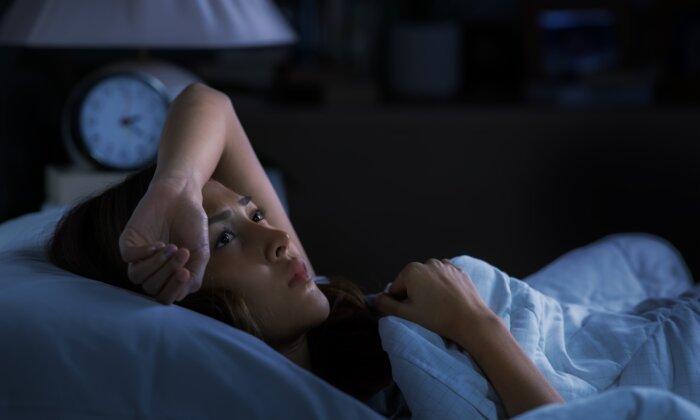
A good night’s rest does more than just give you beauty sleep. New research suggests your sleep patterns could be linked to serious underlying health issues.
Adults suffering from chronic insomnia for at least a decade face significantly higher risks of developing conditions like heart disease, diabetes, and depression, according to the results.
However, the news isn’t all bad—the study also found that adults who make up for lost sleep on the weekends by taking naps are not at an increased risk for these underlying health problems.
More Than Half of Americans Exhibit Problematic Sleep Habits
The study, published in Psychosomatic Medicine, analyzed data from the Midlife in the United States (MIDUS), a national sample of continental U.S. residents between 25 and 74 years of age. The dataset included information on the sleep habits and chronic health conditions of approximately 3,700 individuals collected from 2004 to 2006 and from 2013 to 2017.
Four distinct sleep patterns were identified:
- Good sleepers: People with “optimal sleep health across all dimensions”
- Insomnia sleepers: People suffering from clinical insomnia, including short sleep duration, high daytime exhaustion, and difficulty falling asleep
- Weekend catch-up sleepers: Those who may have irregular or shorter sleep during the week but longer sleep times on weekends or non-work days
- Nappers: Those who typically slept well but took frequent daytime naps
More than half of the participants were either insomnia sleepers or nappers, both of which are considered sub-optimal sleep patterns.
The data revealed that people with chronic insomnia were 72-188 percent more likely to develop cardiovascular disease, diabetes, depression, and frailty compared to good sleepers. Overall, being an insomnia sleeper increased a person’s risk of a chronic condition by 28-81 percent.
The study found that “being a napper at any timepoint” was related to increased risks for diabetes, cancer and frailty
The researchers also noted that those with lower education and those who were unemployed were more likely to be insomnia sleepers, while older adults and retirees were more likely to be nappers.
Sleep Patterns Proven Difficult to Change
The study also found that sleep patterns tend to be remarkably resistant to change.
Overall, 77 percent of participants remained in the same sleep pattern, or “phenotype,” over the study period. More specifically, 90 percent of insomnia sleepers and 97 percent of nappers maintained those same habits throughout the study. Those categorized as weekend catch-up sleepers were more likely to transition into being nappers.
“These results may suggest that it is very difficult to change our sleep habits because sleep health is embedded into our overall lifestyle,” Soomi Lee, associate professor of human development and family studies at Penn State and the lead researcher, said in a press release. “It may also suggest that people still don’t know about the importance of their sleep and about sleep health behaviors.”
Despite the apparent rigidity of sleep patterns, education and consistent practice can help facilitate positive changes over time, according to Mr. Lee.
He recommends that public health efforts focus on educating people about proper sleep hygiene. The U.S. Centers for Disease Control and Prevention recommends five key tips:
- Maintain consistency by going to bed at the same time each night.
- Create a sleep-conducive environment—dark, cool, and quiet.
- Remove electronic devices from the bedroom.
- Avoid large meals, caffeine, and alcohol close to bedtime.
- Get enough physical activity during the day to support better sleep at night.
